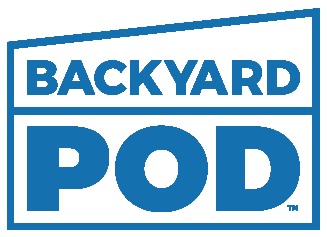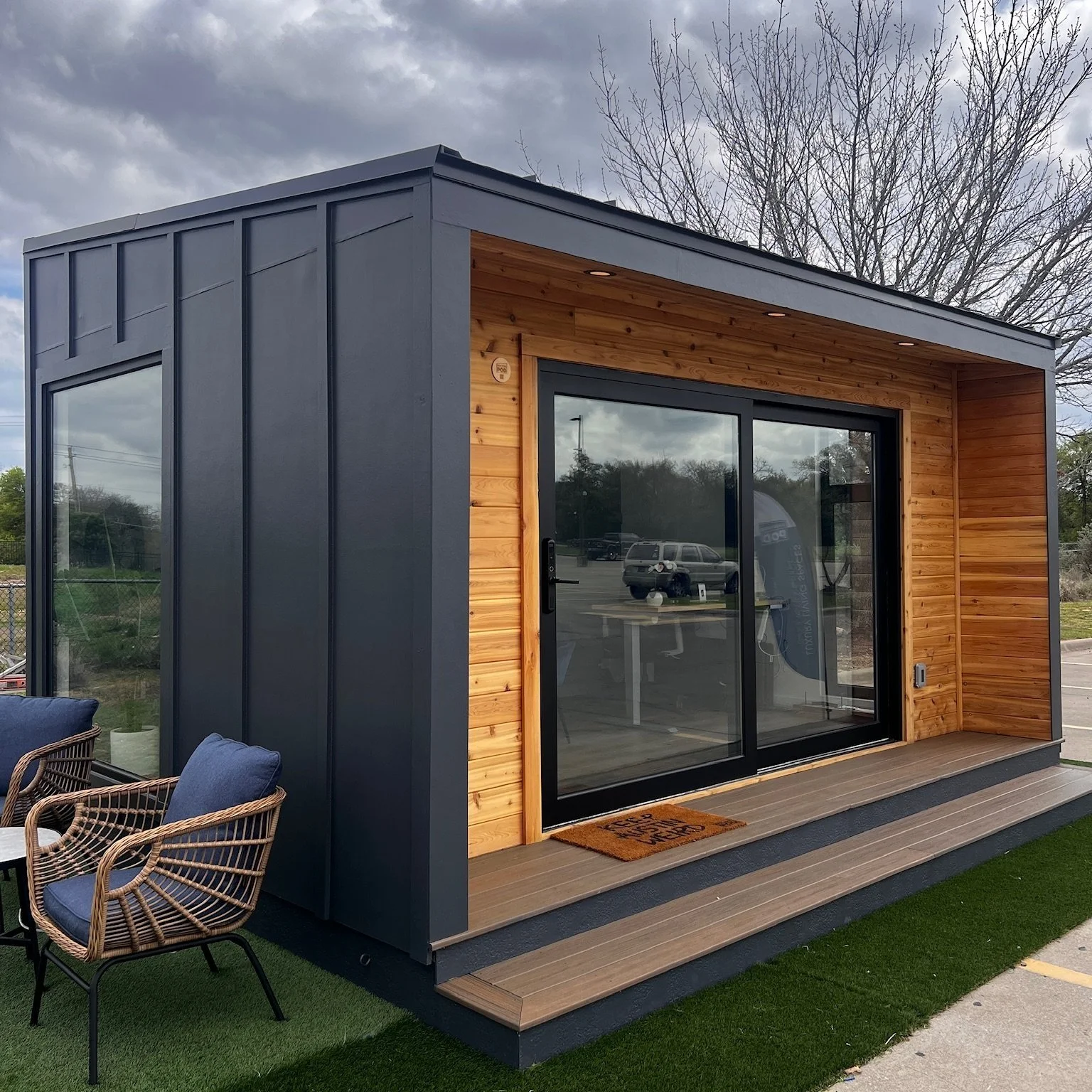How To Finance A Tiny Home or Pod
Thinking about adding a tiny home or Backyard Pod to your property, but not sure how to pay for it? You’re not alone. Financing can feel like the biggest hurdle — but the good news is, there are plenty of options designed to make it possible.
Here’s a breakdown of the most common ways to finance your project and what you should know about each.
Why Financing Matters
Tiny homes and pods aren’t just “extra space.” They’re an investment that can boost your property value, create rental income, or save you money compared to moving. The right financing plan helps you spread out the cost and start enjoying your new space right away.
Types of Loans
-
Quick + Simple: Personal loans are often the fastest way to get approved.
No Home Equity Required: Great for homeowners who don’t want to use their home as collateral.
Fixed Payments: You’ll know exactly what you owe each month.
Best if you want a straightforward loan with predictable payments and a quick approval process.
-
Leverage Your Home’s Value: Use your existing equity to finance your tiny home.
Lower Rates: Typically lower interest compared to personal loans.
Flexible Terms: Especially with a HELOC, you can draw funds as you need them.
Best if you’ve built up equity in your home and want the lowest possible interest rates.
-
Some lenders (like the partners we work with) offer financing specifically for backyard structures and tiny homes.
Designed for Pods & ADUs: Lenders understand the unique value of these builds.
Flexible Options: Choose loan amounts and terms that fit your budget.
Fast Approvals: Often quicker than traditional banks.
-
One New Mortgage: Replace your current mortgage with a bigger one, and use the difference to pay for your pod.
Lower Rates: If interest rates are favorable, this can save money long term.
Larger Projects: Good if you’re planning a bigger ADU with bathroom + kitchen.
Best if you want to lock in a new mortgage and free up cash for a large-scale project.
-
Some homeowners use savings for part of the project and finance the rest. This can reduce your monthly payments and still keep cash on hand for other needs.
Which Option is Right For You?
Small Office Pod? Personal loan or specialized tiny home financing may be the best fit.
Rental ADU or Guest Suite? Home equity or a cash-out refinance can make more sense.
Not Sure Yet? Talk to a financing partner who understands both small builds and larger ADUs.
Ready to explore your options?
Financing a tiny home doesn’t have to be complicated. Whether you want a simple backyard office or a fully equipped ADU, there’s a path to make it work for your budget.
At Backyard Pod, we partner with trusted lenders who specialize in tiny homes and backyard spaces, so you can explore the right option for your project.



